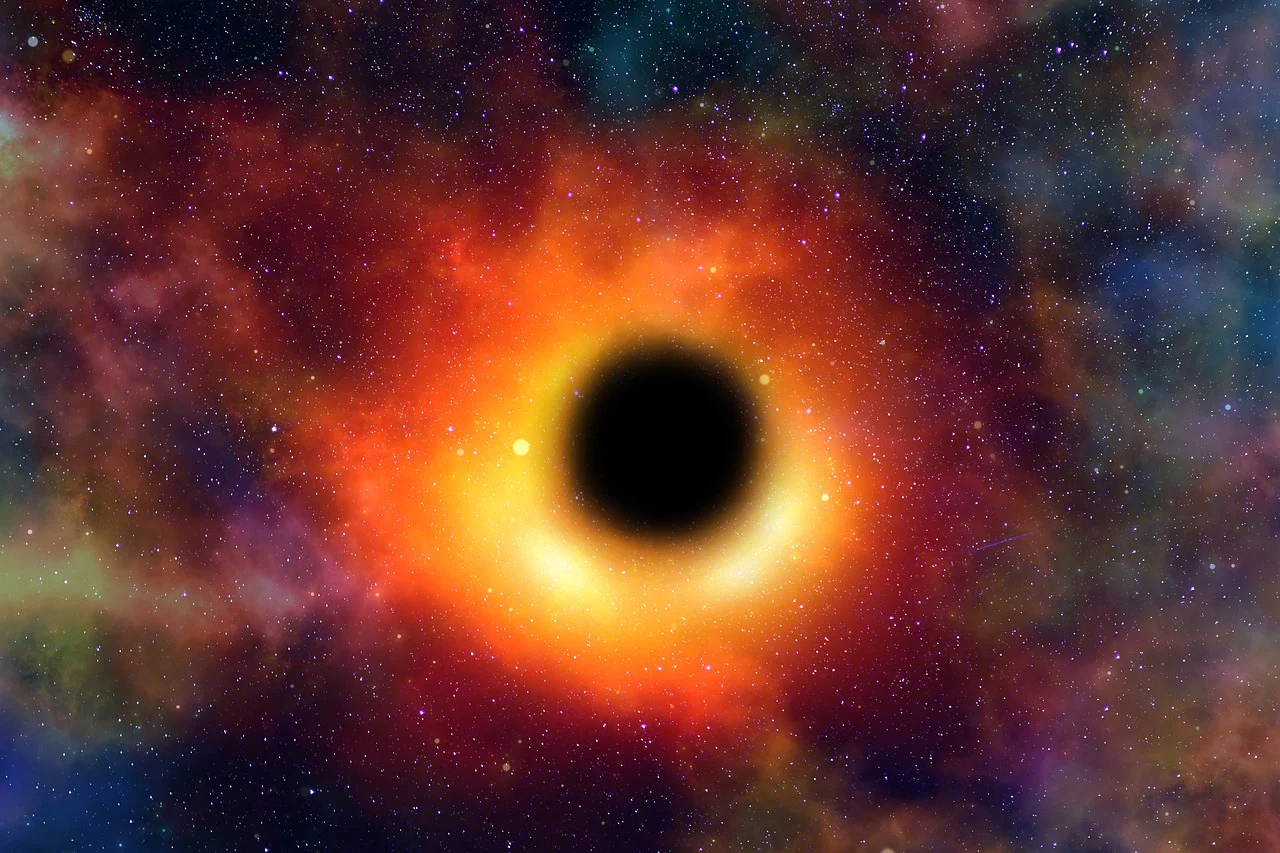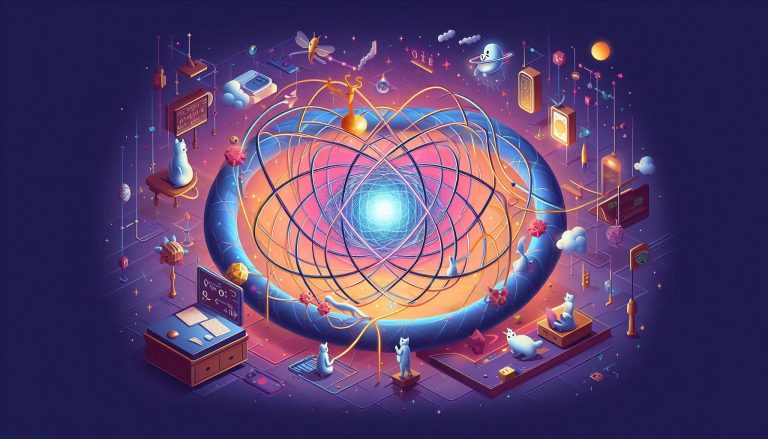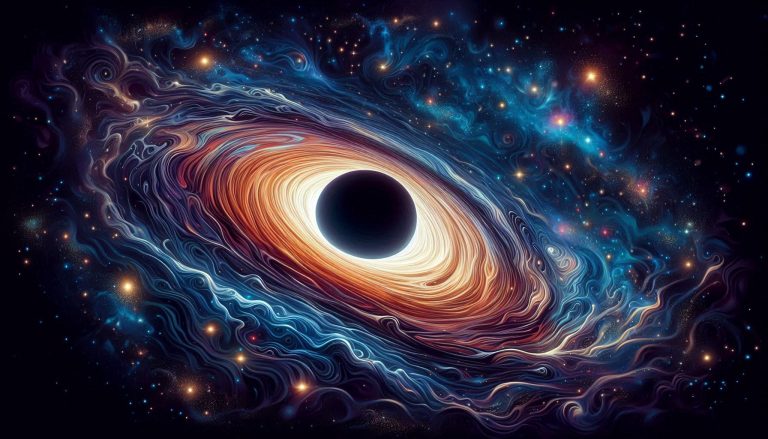
Discover what a black hole is, how it forms, and why it remains one of the most fascinating phenomena in the universe.
What is a Black Hole? Understanding the Mysterious Cosmic Phenomenon
A black hole is one of the most fascinating and mysterious objects in the universe. Despite being invisible to the naked eye, black holes have intrigued scientists and astronomers for decades. In this article, we’ll explore what black holes are, how they form, and why they are so significant in the field of astrophysics.
The Definition of a Black Hole
A black hole is a region of space where the gravitational pull is so strong that nothing, not even light, can escape its grasp. This phenomenon occurs when a massive star collapses under its own gravity at the end of its life cycle. The result is a point of infinite density, known as a singularity, surrounded by a boundary called the event horizon. Anything that crosses this boundary is inevitably pulled into the black hole.
How Do Black Holes Form?
Black holes form from the remnants of large stars. When a star runs out of fuel, it undergoes a supernova explosion, leaving behind a dense core. If the mass of this core is heavy enough, it will collapse under gravity, forming a black hole. There are different types of black holes, such as stellar black holes, supermassive black holes, and intermediate black holes.
The Types of Black Holes
- Stellar Black Holes: These black holes form when a star with a mass several times that of the Sun collapses under its own gravity.
- Supermassive Black Holes: Found at the center of most galaxies, including our Milky Way, these black holes can have millions to billions of times the mass of the Sun.
- Intermediate Black Holes: These are a smaller class of black holes, formed by the merging of stellar black holes. They have masses between stellar and supermassive black holes.
The Importance of Black Holes in Space Science
Black holes play a crucial role in our understanding of the universe. They help scientists study the nature of gravity, space, and time. The study of black holes has also led to significant breakthroughs in the fields of quantum mechanics and general relativity.
How Do We Detect Black Holes?
While black holes cannot be seen directly, scientists can detect them by observing the behavior of nearby objects. For example, when a star orbits a black hole, its motion can reveal the presence of the black hole. Additionally, black holes can emit powerful X-rays when they pull in matter from surrounding stars, which astronomers can detect using space telescopes.
The Event Horizon and the Singularity
The event horizon is the boundary around a black hole beyond which nothing can escape, not even light. The singularity is the point at the center of the black hole where all the mass is concentrated. It is a point of infinite density and gravitational force, which is still not fully understood by scientists.
Why Are Black Holes Important for the Future of Space Exploration?
Understanding black holes is key to exploring fundamental questions about the nature of space, time, and the universe. They are the perfect environments for testing the limits of physics, especially with theories like Einstein’s theory of relativity and quantum mechanics. As technology advances, we may one day be able to explore these cosmic phenomena up close.
Conclusion
Black holes are a crucial part of the universe’s mystery. From their formation to their role in shaping galaxies, black holes continue to capture the imagination of scientists and space enthusiasts alike. By understanding black holes, we can unlock new insights into the workings of the cosmos and possibly discover new realms of knowledge in space science.
FAQ
Q1: Can we travel into a black hole?
Currently, no. Once something crosses the event horizon, it cannot escape, making black holes a one-way destination. However, exploring the edges of black holes is a subject of much theoretical research.
Q2: How do black holes affect time?
According to Einstein’s theory of relativity, black holes warp spacetime so significantly that they can slow down time near them. This phenomenon is known as gravitational time dilation..






